

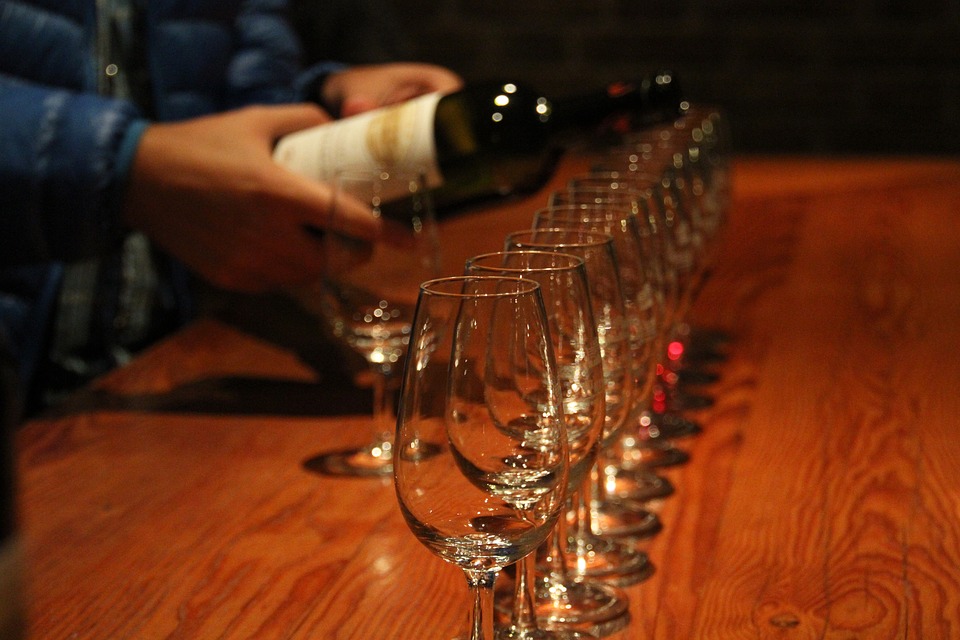
Serving wine
A bottle of Saint-Émilion deserves looking after. If it is an outstanding vintage then you should really pull out all the stops, because opening a wine like this is a celebration that should be fully enjoyed.
It is always a good idea to open the bottle early, before your guests arrive.
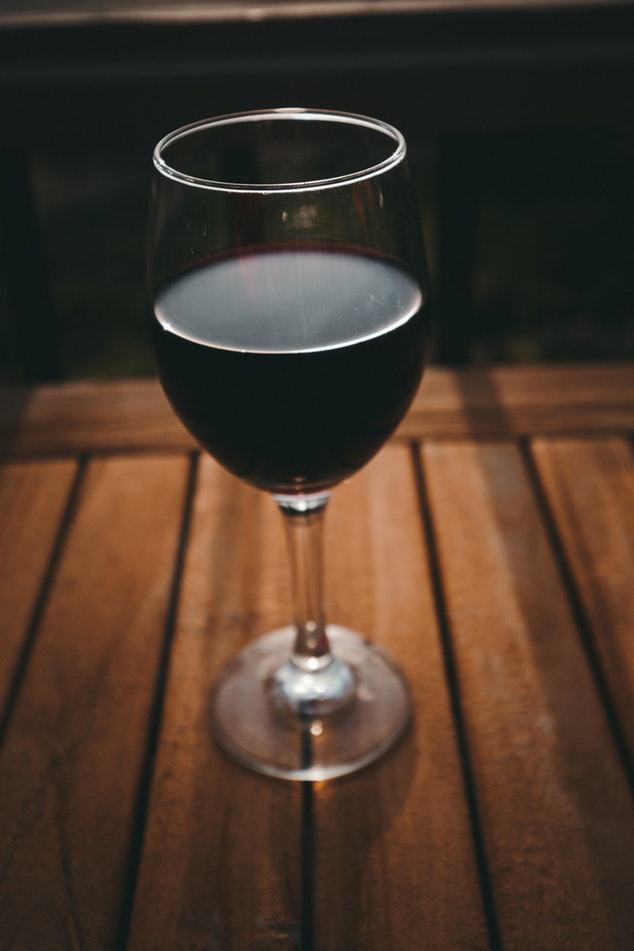
at least to check out the wine, because the need to breathe is not the same for all Saint-Émilion wines.
In general terms, fruity, ethereal wines require shorter breathing periods than wines with more body.
It is an art to open a bottle. Use a knife to cut the capsule around the bottle under the lip. When it is served, the wine must not come into contact with the metal of the capsule. Before pulling the cork, to remove any possible mould, wipe the glass of the neck and the top of the cork with a slightly damp paper towel.
Pull the cork carefully with an appropriate corkscrew and ensure that the wine is not shaken in any way. Taste the wine. If everything is OK, place the cork in the bottle with the wine (i.e. inside) end down. The outside end could have mould on it and would impart a bad taste to the first glass of wine poured.
Quick tip: for young powerful vintages of Saint-Émilion up to 7 or 8 years old, we recommend letting the wine breathe for at least an hour to soften the tannins and allow the layers of aromas to develop. Let older vintages breathe a little less and decant them just before serving.
Wines that are robust and tannic sometimes need to be opened to breathe three to four hours before serving.
ENDLESS CORKSCREWS are very pleasant to use and open bottles simply and cleanly. This model also reduces the risk of the cork breaking up and unwanted shaking of the bottle. This is a good tool for fragile wines.
“PRONG PULLER” CORKSCREWS have two blades, which can be used to open harder bottles by slipping them inside the neck of the bottle without making a hole in the cork. This is an ideal tool for old wines or fragile corks!
PUMP-ACTION CORKSCREWS inject a gas through a needle that is pushed through the cork, which is then ejected by the pressure of the gas.
This is effective and exact, but a little expensive and it takes up quite a lot of room.
THE SOMMELIER’S CORKSCREW IS OUR FAVOURITE. You can quickly learn how to manipulate the spiral worm and fulcrum. It slips in your pocket and goes with you everywhere. The sound of the cork coming out adds fun to the opening ritual.
Temperature is crucial. Wine can be spoilt if some basic rules are not adhered to. If a wine is cold, its aromas are closed, it tastes sharper or more acidic and its profile is more stretched out. Warmth, on the other hand, has the opposite effect.
18°C (64.5°F) is the best temperature for a Saint-Émilion. To use warmth in the room to reach this optimal serving temperature, rather than put it against a radiator or in front of the fireplace, you should let your wine slowly acclimatise to the temperature of your room, but no warmer than 20°C (68°F).
Quick tip: it is better to err on the cold side when serving wine than serve it too warm. Always remember that wine in a glass warms up very quickly and if the room is heated, the wine will take on a few more degrees than initially planned.
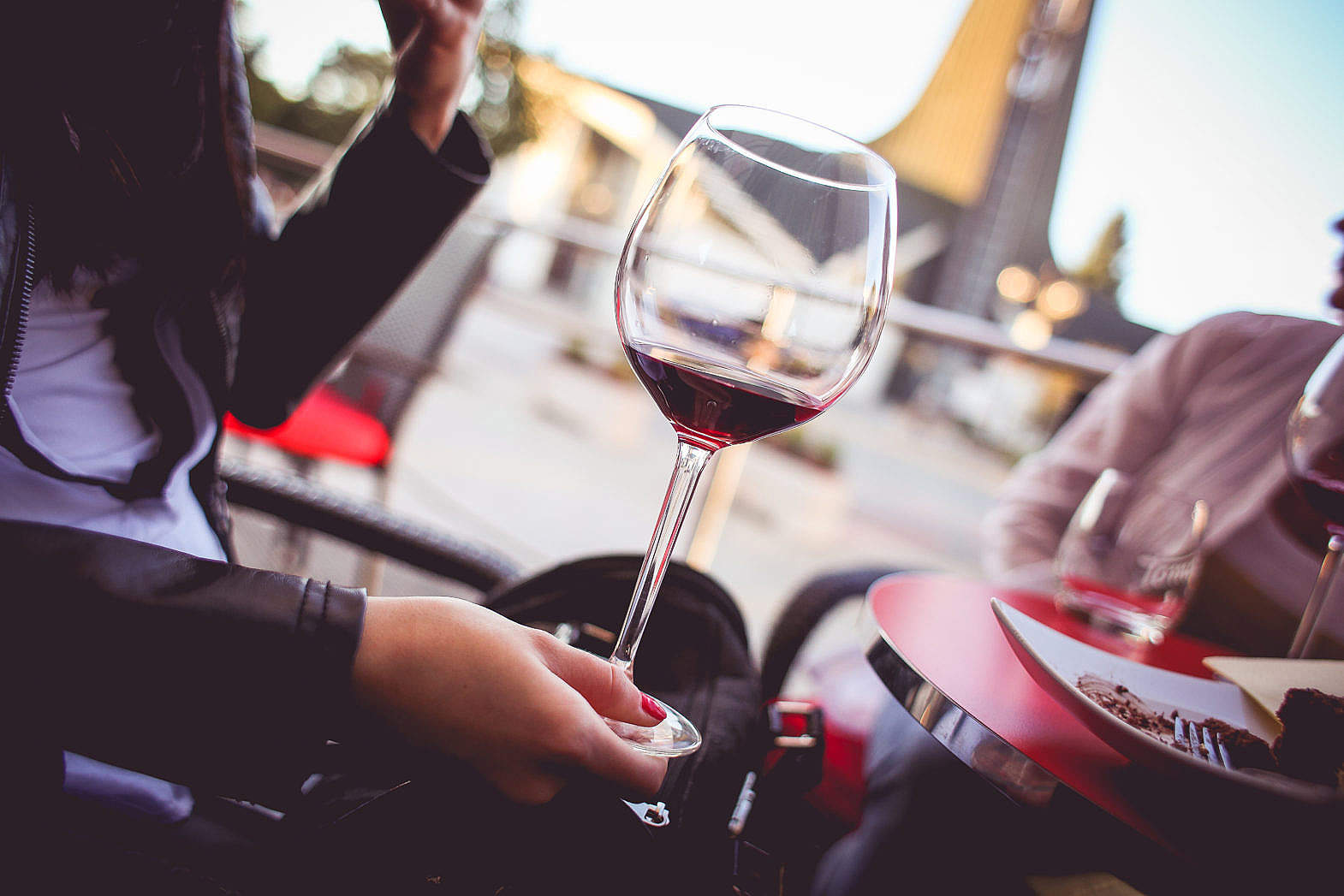
“Life is too short to drink wine from a bad glass” – G. Riedel, the pioneer, who designed special glasses for different grape varieties.
The shape, the size and even the material of glasses have a direct influence on the wine in them.
It is best to choose transparent glasses with stems to highlight the wine’s robe.
Then the size and volume of glasses vary. There is a specific type of glass (INAO) for tasting. Many collections of glasses make it possible to taste your wine in the best possible conditions. Certain brands of glasses are adapted to different wines, but to different levels of tasting expertise too. Some wines even have specifically designed glasses to get the best possible out of the wine. Feel free to spend some money on glasses.
Quick tip: 25- to 30-centilitre tulip-shaped glasses are the best suited for a Saint-Émilion wine. It is easy to swirl the wine in them to release the aromas.
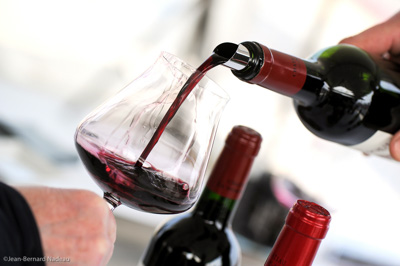
Decanting a wine means pouring it into a carafe so that it can breathe better, open up and offer its very best.
Before you decant your wine, you need to know it well. Decanting represents a shock for a wine that can be fatal. If it is an old wine, it can lose the aromas that are generally magnificent, for good.
Having tasted the wine, you should season the carafe by pouring a little wine into it and rinsing the entire inside surface with this wine. The idea is to remove any dust or wine deposits inside the carafe, so after seasoning it, the carafe should then be emptied of any impurities. Then gently pour the contents of the bottle into the carafe.
There can be two good reasons to decant a wine: a young wine will be able to breathe, which will release its aromas. For best results, choose a carafe with a wide bottom, so a large area at the surface of the wine can be in contact with the air. Decanting old wines serves to pour them off the deposit that forms at the bottom of the bottle. Here, the best choice is a narrow carafe.
Quick tip: decant young wines several hours before serving. Decant old wines just before serving.
For some people the order wines are drunk in should move towards a grand finale, starting with the lightest and ending with the most full-bodied. This is in Iine with the old saying, “The wine you drink must never make you wish you hadn’t finished the previous one”.
Traditionally, white wines are served before reds and young wines before old ones. It can also be a pity to serve a delicate, subtle old wine immediately after a young, dense wine with explosive fruit.
Amongst Saint-Émilion wines, some vintages can evolve faster than others, so a young wine can be more evolved than an older one that has matured less. It is therefore important to know your wines well and to obtain reliable advice.
Quick tip: wines are served, depending on how big and full-bodied they are. Sharper, fresher wines must absolutely be or are at least suited to being served at the beginning of a meal. Wines with more structure are just right for triggering more enjoyment and finishing a delightful culinary experience.
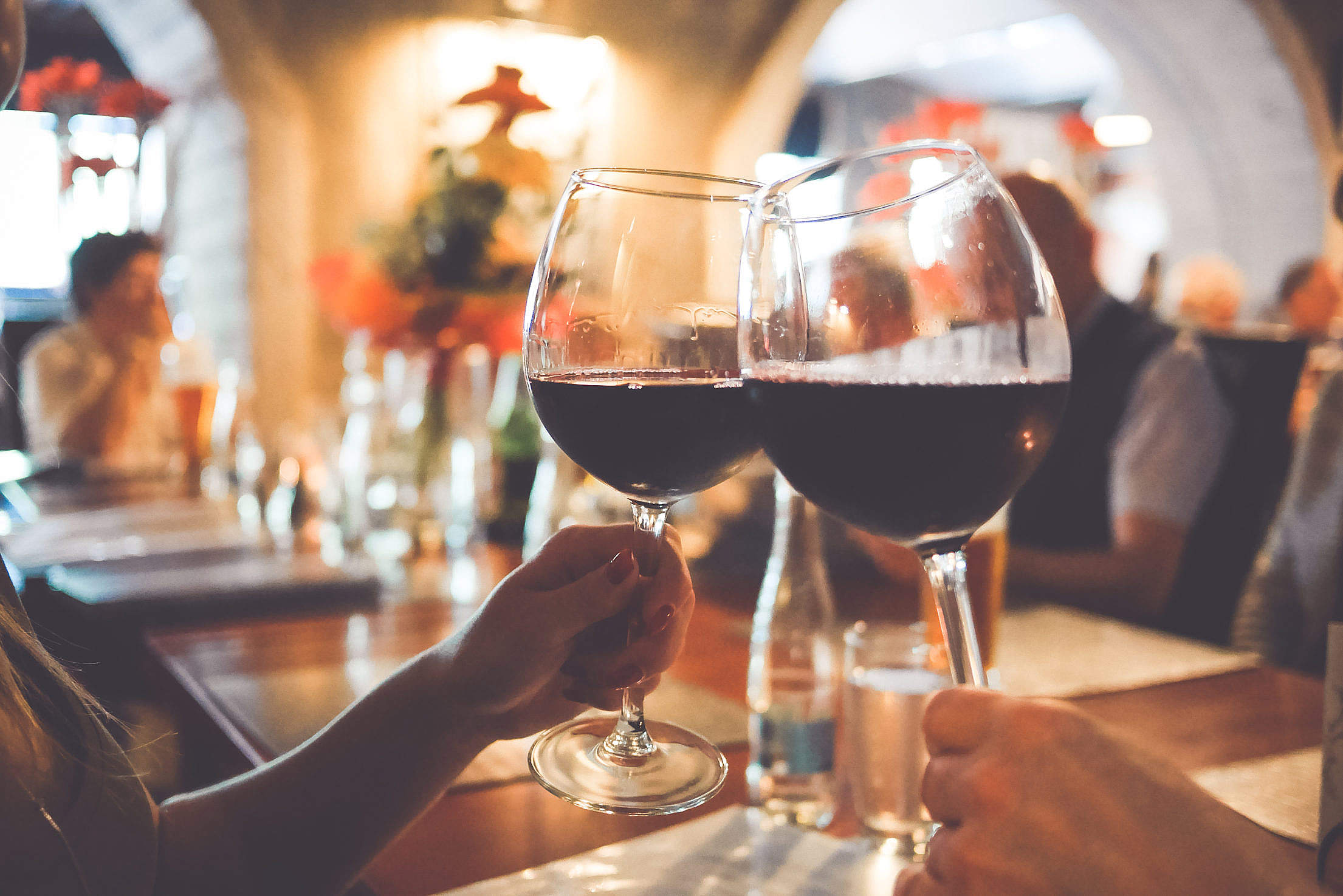
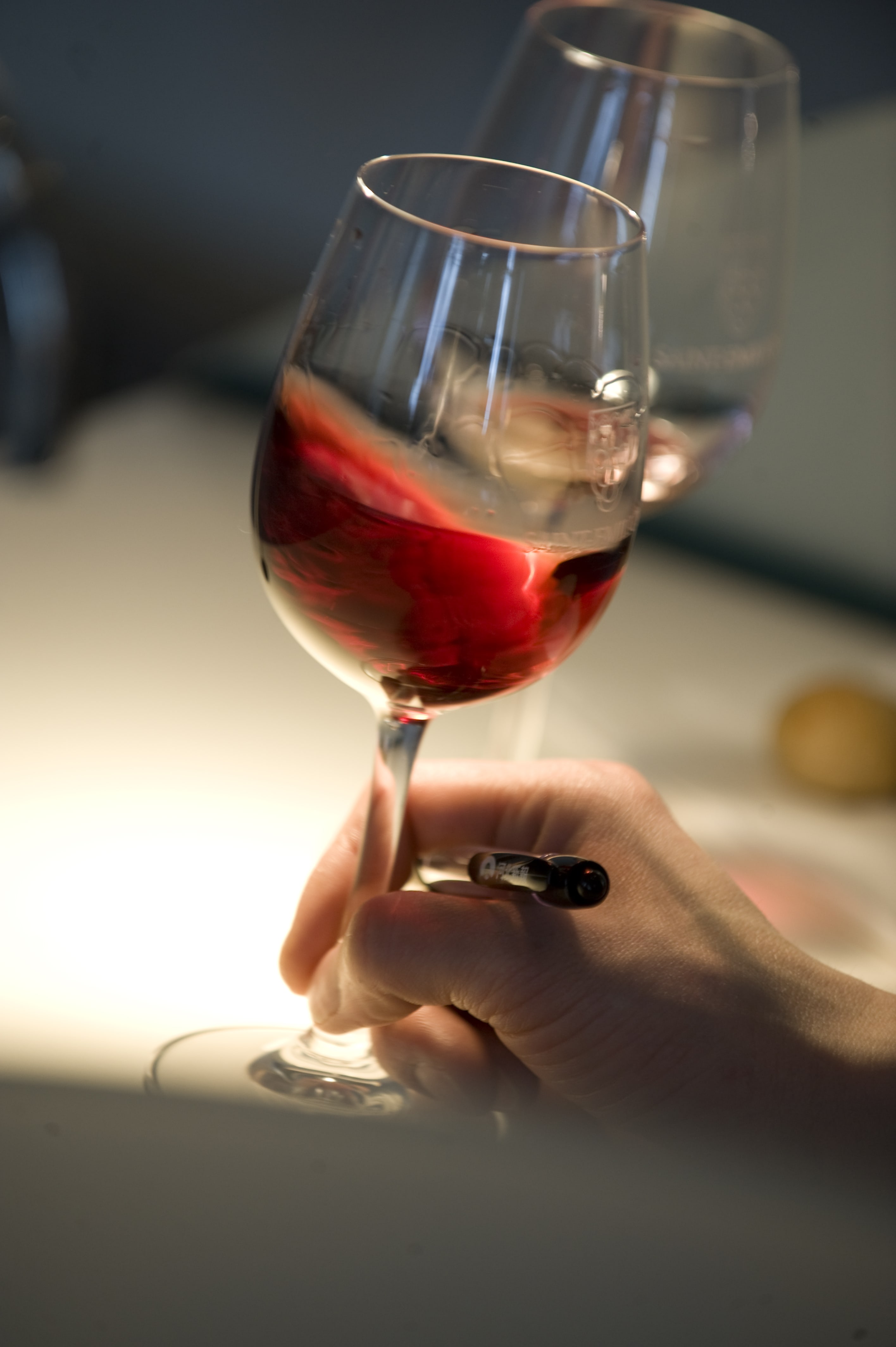
You need to take adequate precautions, when opening an old bottle of wine. We recommend you stand the bottle up at least 24 hours before opening it, so that the deposit will slip down to the bottom.
Opening can be tricky, because the cork will be more or less fragile because of its age. A two-bladed “prong puller” type corkscrew can be used to open the bottle without damaging the cork and risking leaving pieces of it in your precious wine. Taste the wine to decide if decanting it could improve the drinking experience. Line up the wine glasses before you and gently pour the wine into them one after the other until the deposit in the bottle is revealed.
This way you will be able to enjoy the full depth of the wine.